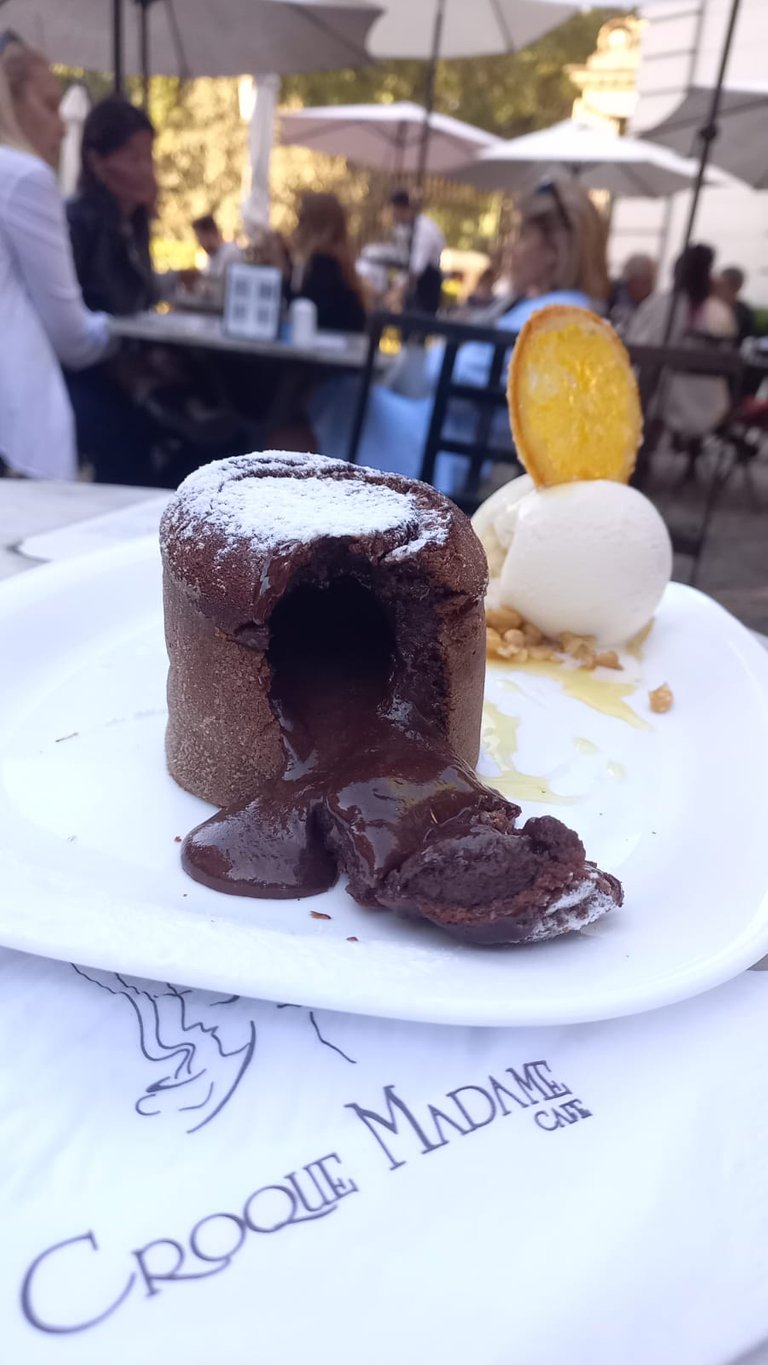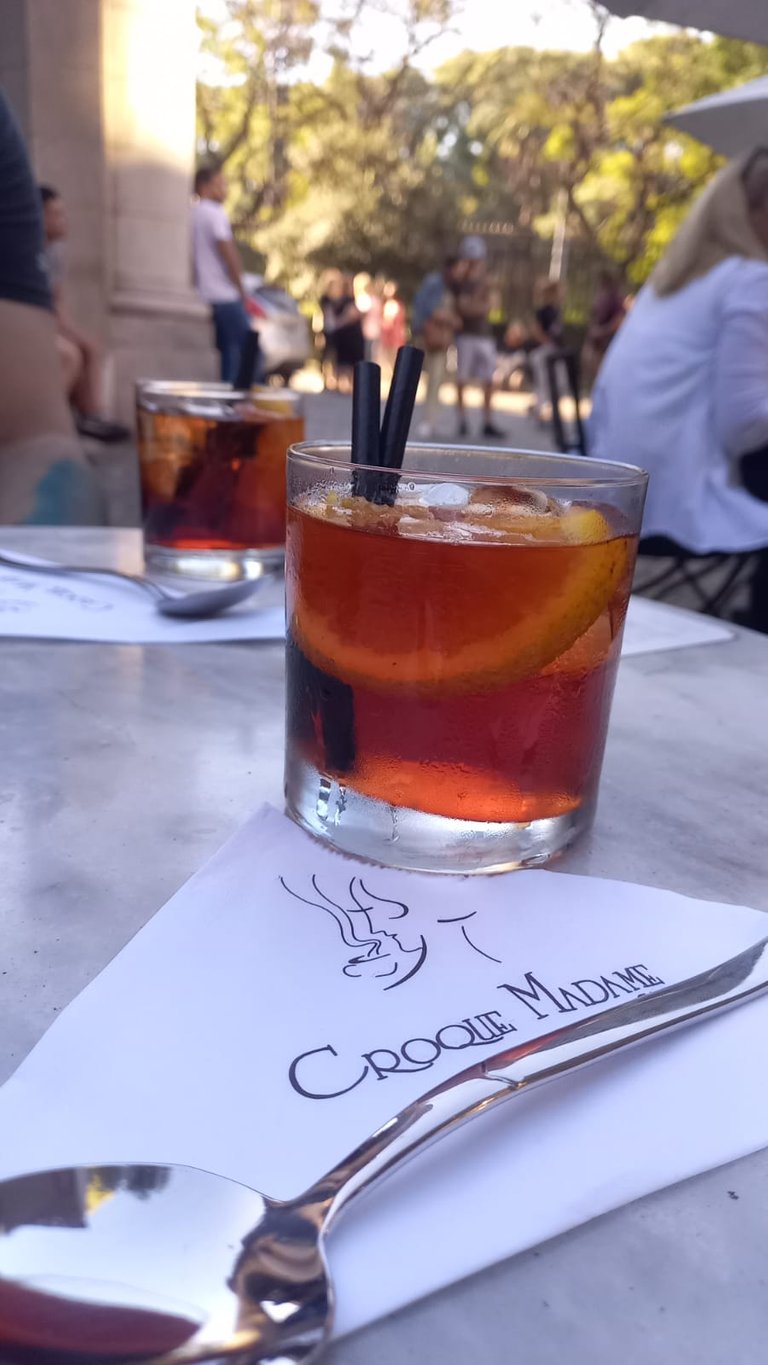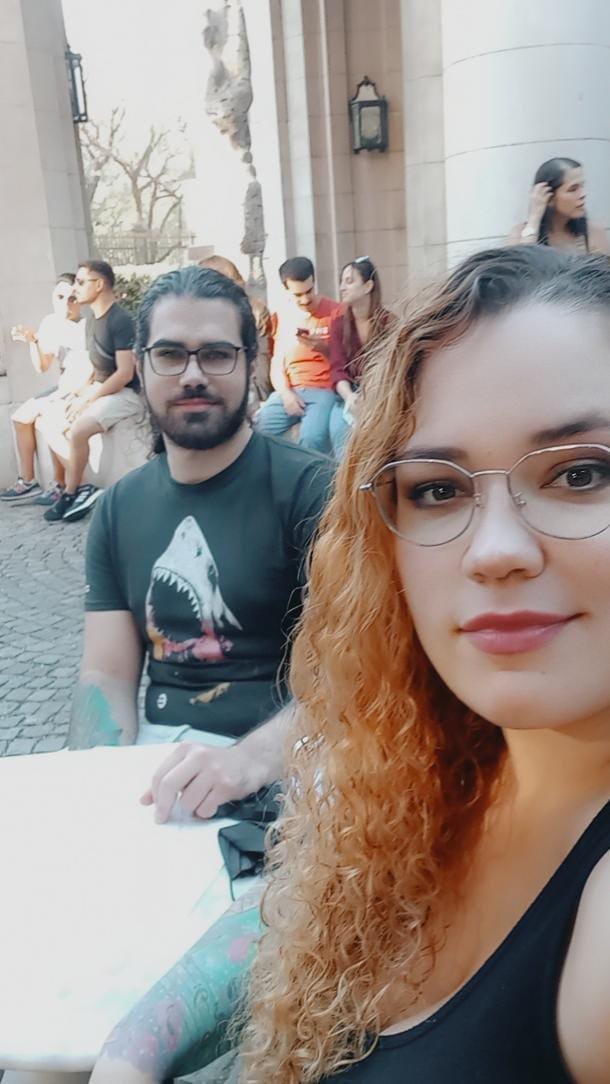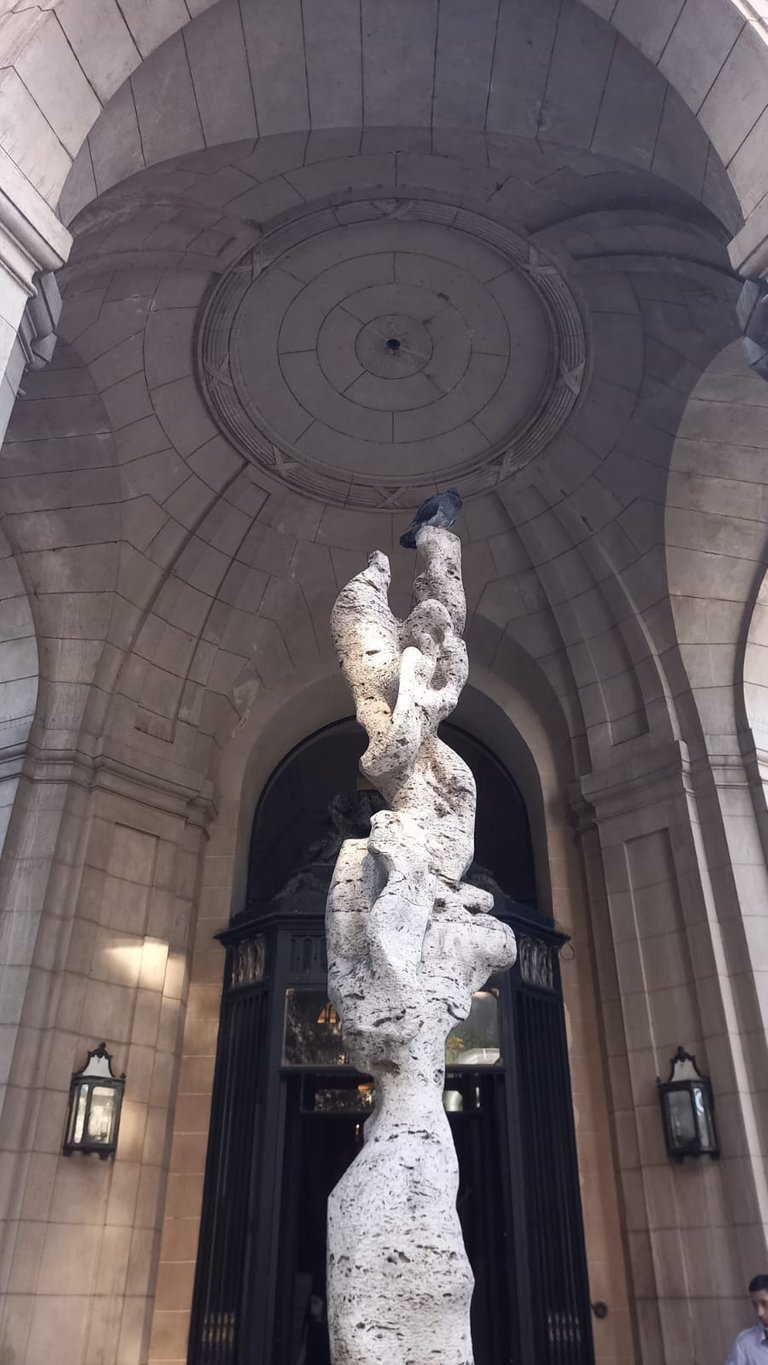
Hello friends of Hive, I hope you have a great week. Today I will show you a museum that is one of my favorites so far.
Hola amigos de Hive, espero tengan una excelente semana. El día de hoy les mostraré un museo que de todos, hasta ahora es uno de mis favoritos.

This is located in the Recoleta neighborhood, in the Autonomous City of Buenos Aires. This is the museum of decorative art, this was done in a mansion that belonged to one of the most important families of the last century in Buenos Aires, the Alvear family. When it was inhabited by this family, the residence was used as a meeting point and celebrations with politicians and personalities of the time. When the owner dies, they decide to sell the furniture, paintings, etc. To the government of Buenos Aires and that is when it became the museum we know today.
Este está ubicado en el barrio de Recoleta, en la Ciudad Autónoma de Buenos Aires. Se trata del museo de arte decorativo, esto se hizo en una mansión que era de una de las familias más importantes del siglo pasado de Buenos Aires, la familia Alvear. Cuando estaba habitado por esta familia, la residencia se utilizaba como punto de reuniones y celebraciones con los políticos y personalidades del momento. Al fallecer la dueña, deciden vender los muebles, pinturas, etc. Al gobierno de Buenos Aires y es cuando se convierte en el museo que conocemos ahora.
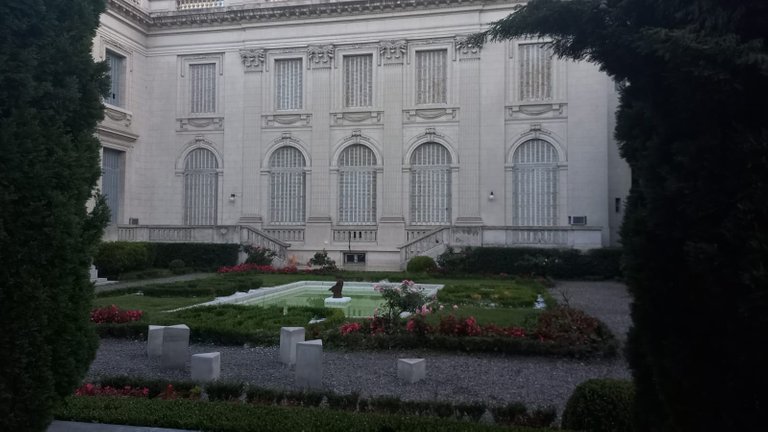
It opens as a museum in 1937, on the tour you walk through several rooms that each room has a different style. At the entrance is a beautiful sculpture called "The Night" this was made in the nineteenth century in France. Next to this sculpture there is a fairly large painting of a lady who, when I looked at her name, was a portrait of the owner of this residence, Mrs. Josefina De Alvear. Definitely the room that I liked the most was the dance room, since it was decorated with large lamps, windows the length of the wall, mirrors with golden details that gave the room a very elegant style. While we were there, a guide told us that this family dedicated a large part of their lives to raising funds for various Catholic works.
Se estrena como museo en el año 1937, en el recorrido se caminan por varios salones que cada salón tiene un estilo diferente. En la entrada está una hermosa escultura llamada “La noche” esta fue realizada en el siglo XIX en Francia. Al lado de esta escultura hay un cuadro bastante grande de una señora que al fijarme del nombre, se trataba de un retrato que le hicieron a la dueña de esta residencia, doña Josefina De Alvear. Definitivamente el salón que más me gustó fue el de baile, ya que estaba decorado con unas lámparas grandes, ventanas del largo de la pared, espejos con detalles dorados que le daban un estilo bastante elegante al salón. Mientras estábamos allí un guía nos contó que esta familia, dedicó gran parte de su vida a reunir fondos para varias obras católicas.
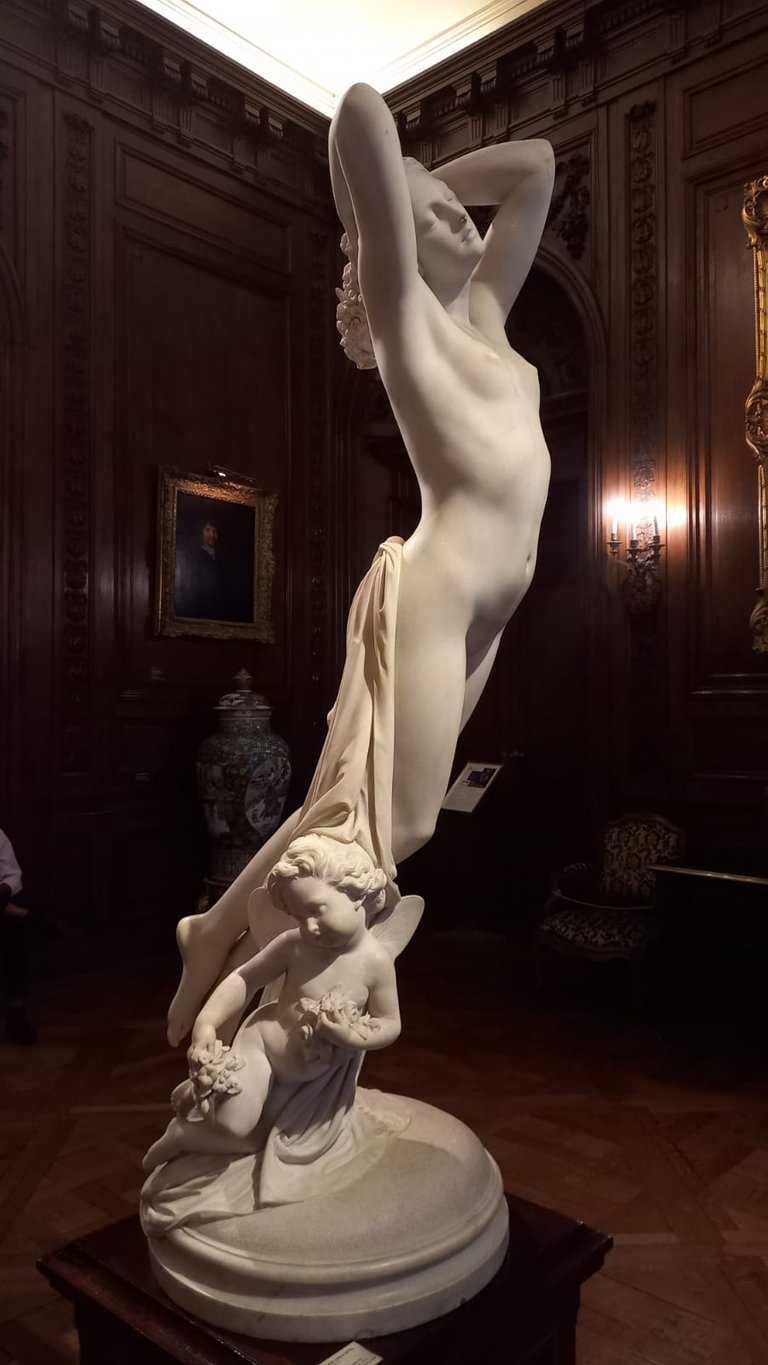
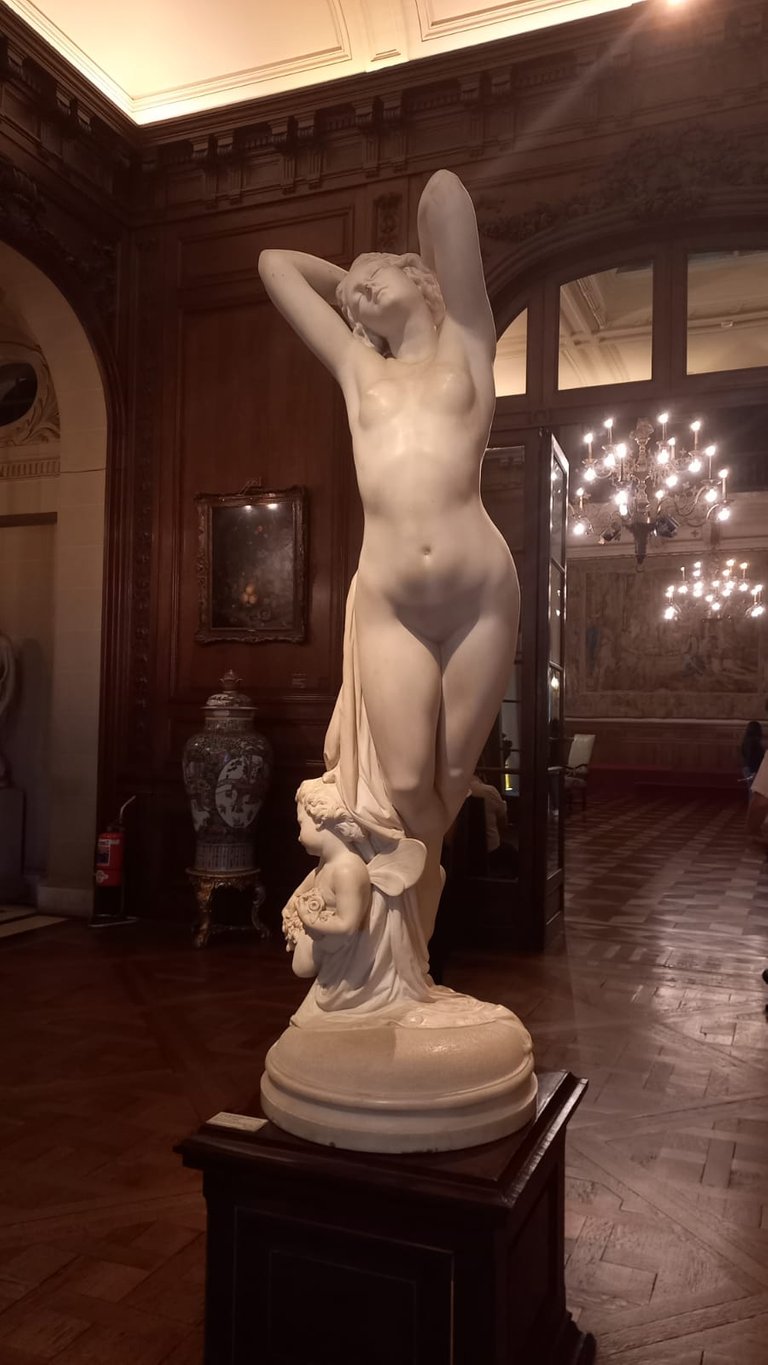
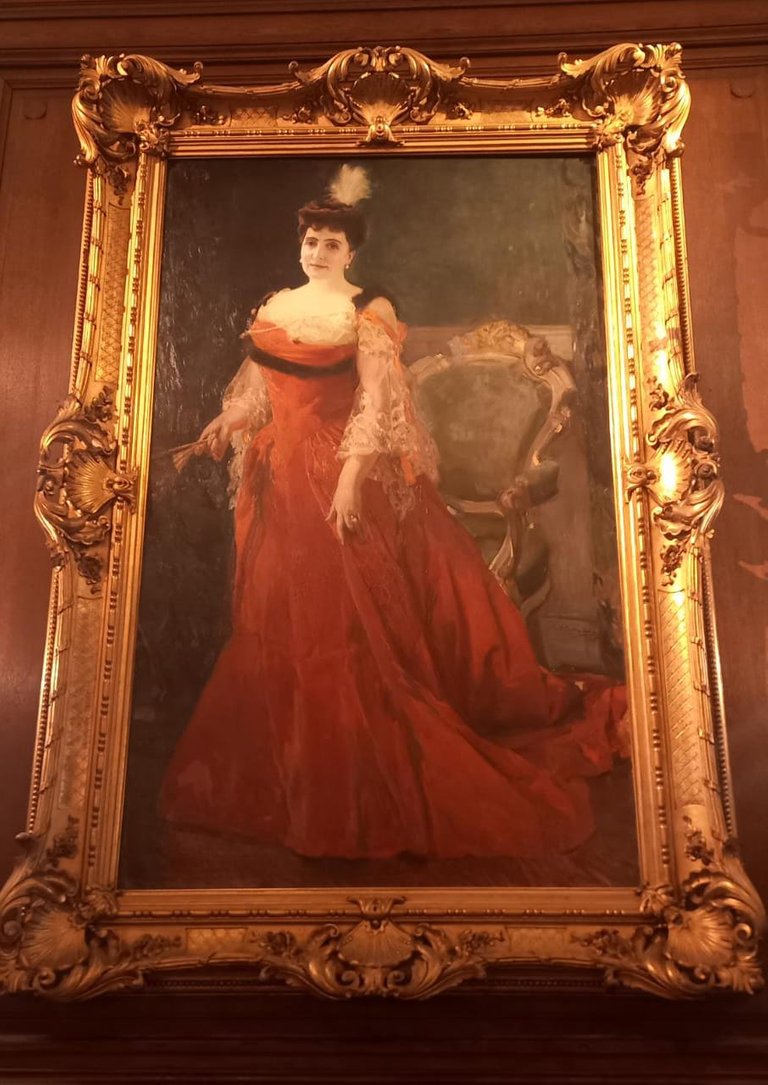
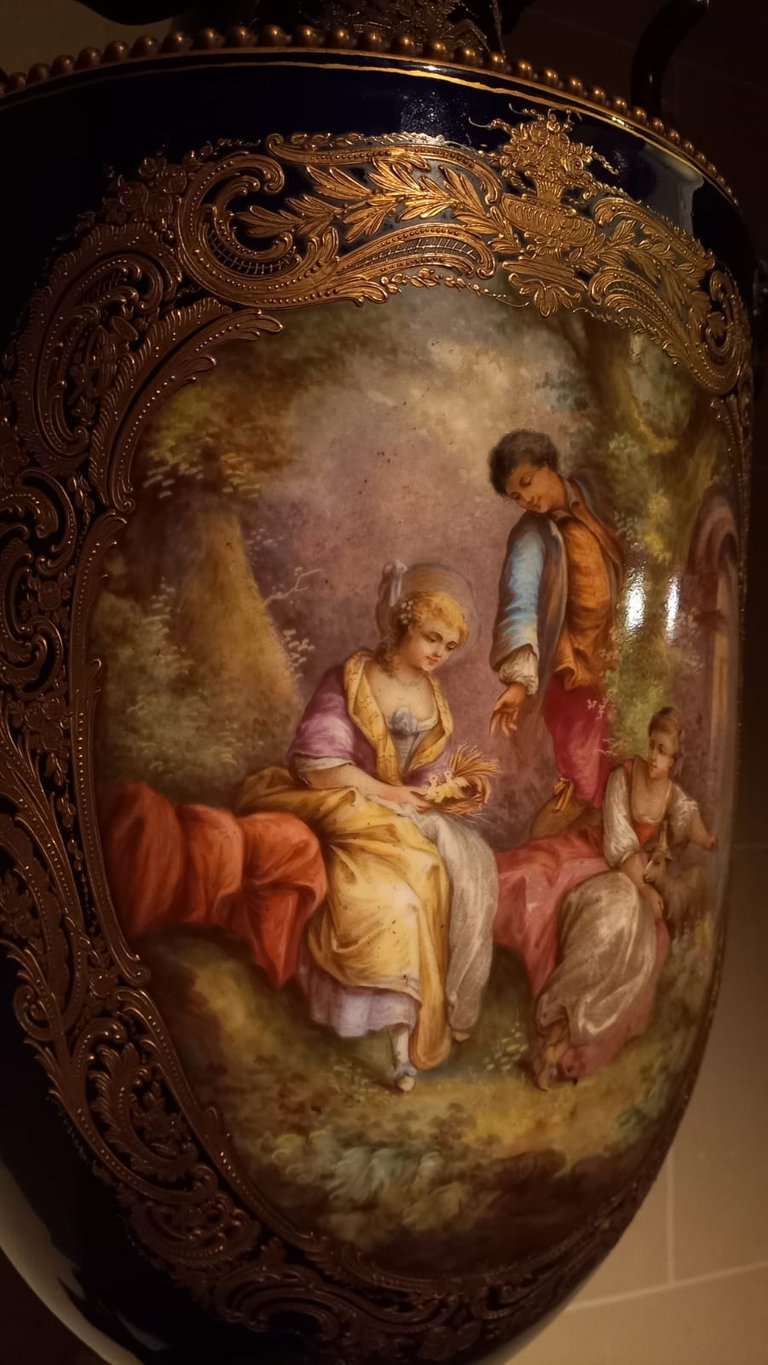
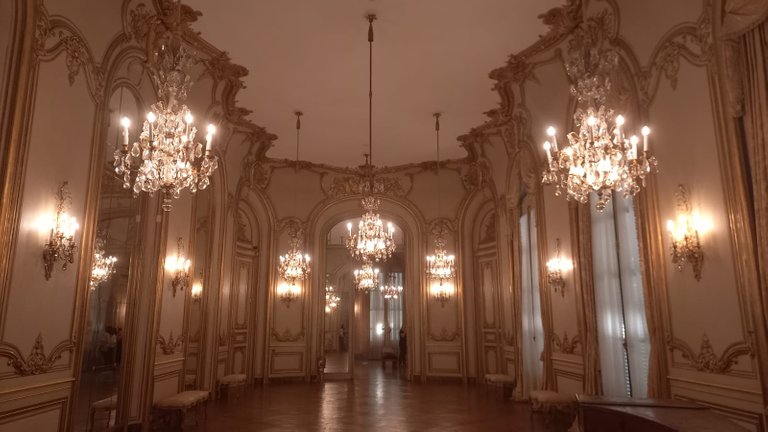
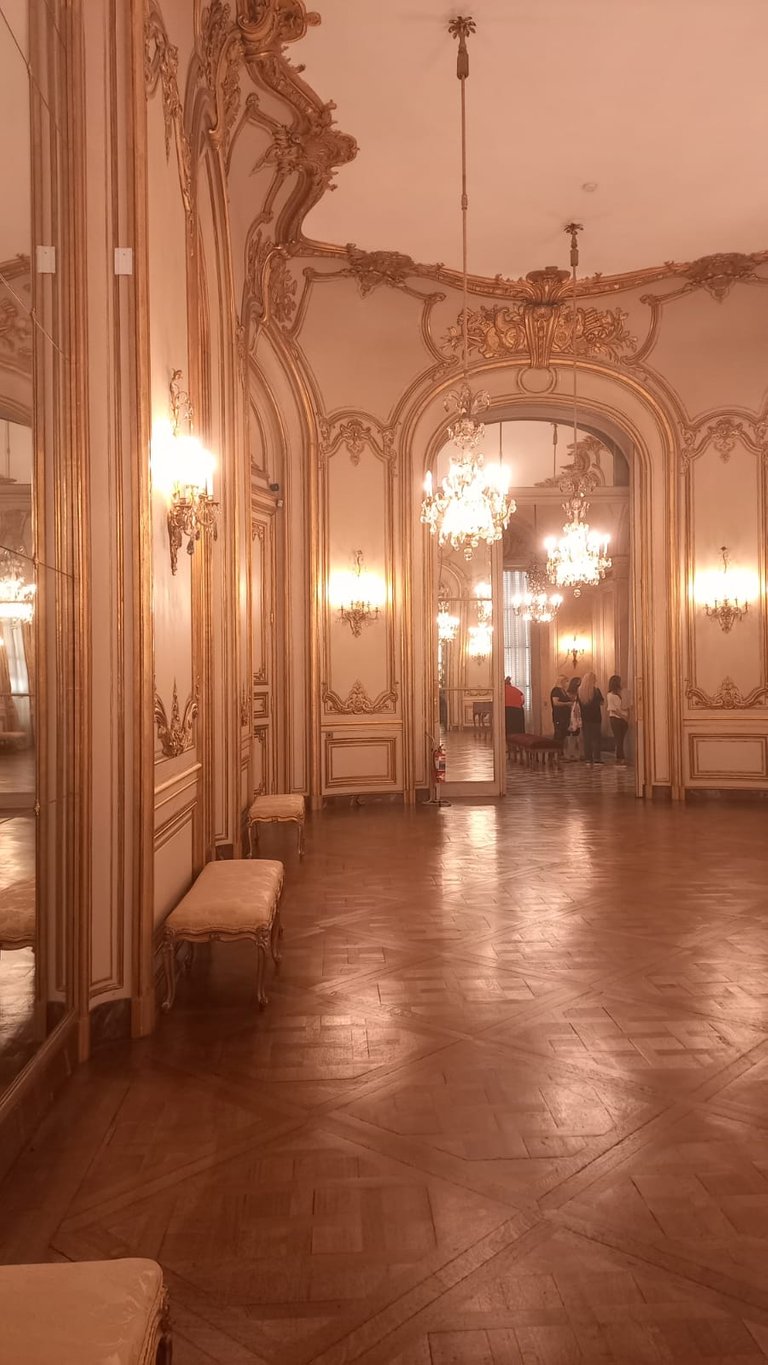
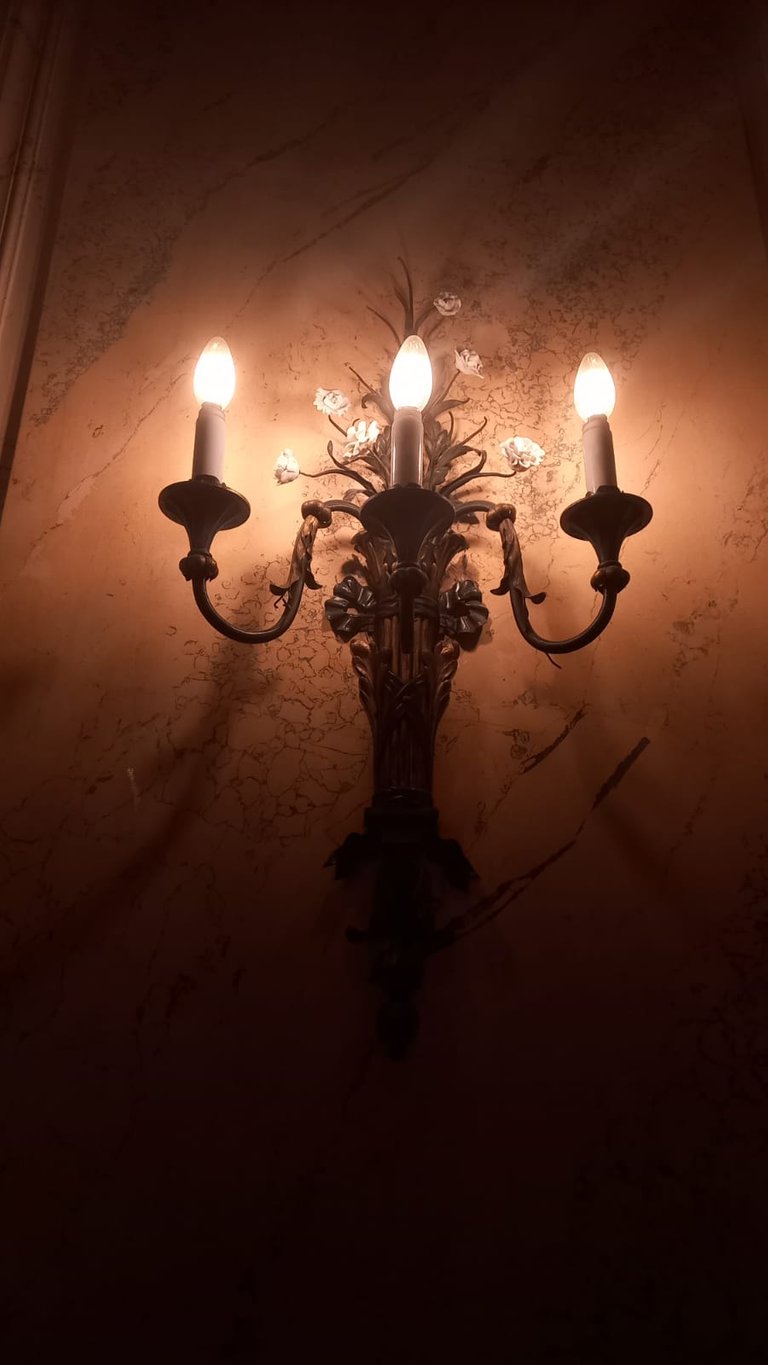

Another room that I liked was the dining room, since it has a baroque atmosphere and all the decoration was brought from Europe and Asia. Some turquoise blue ceramic ornaments caught my attention. These were called Fo Dogs, from the Ming dynasty.
Otro salón que me gustó fue el comedor, ya que tiene un ambiente barroco y toda la decoración fue traída de Europa y Asia. Me llamó la atención unos adornos de cerámica azul turquesa. Estos se llamaban Perros de Fo, de la dinastía Ming.
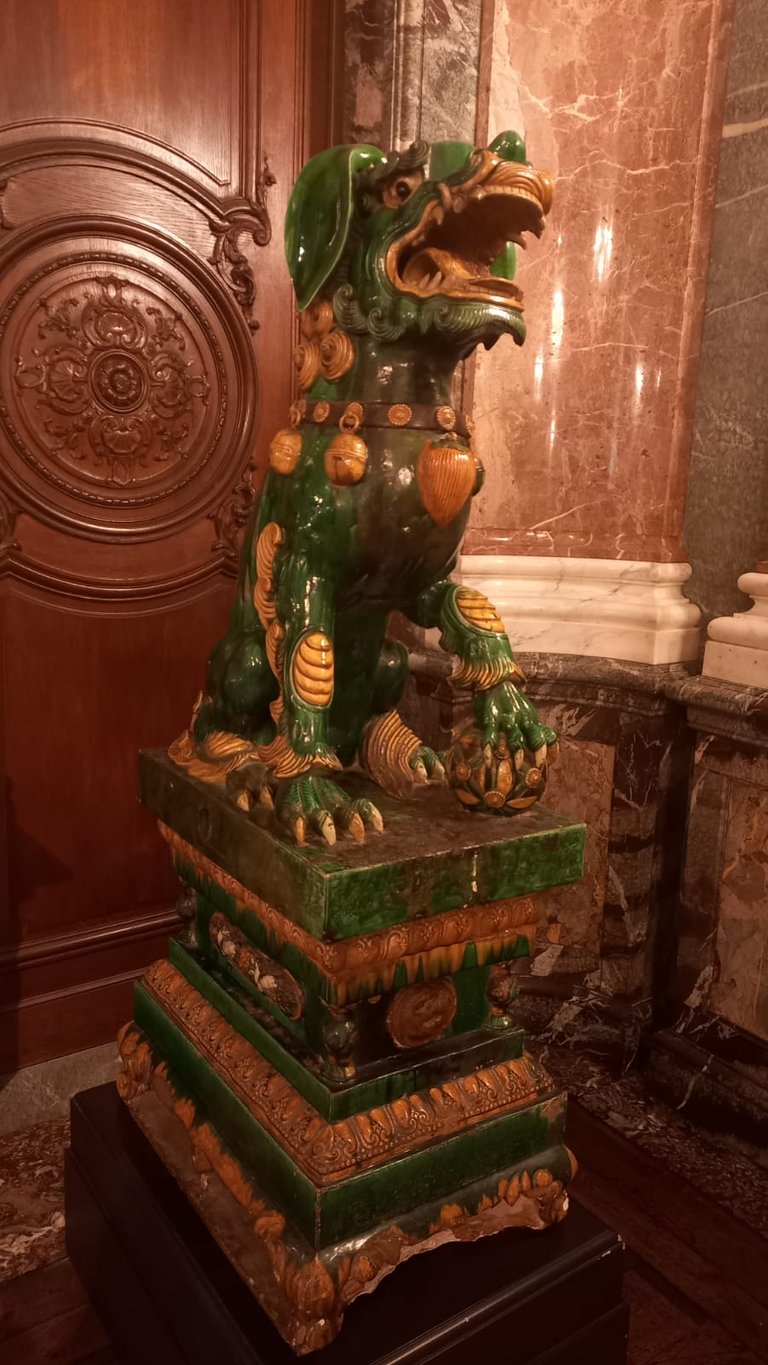
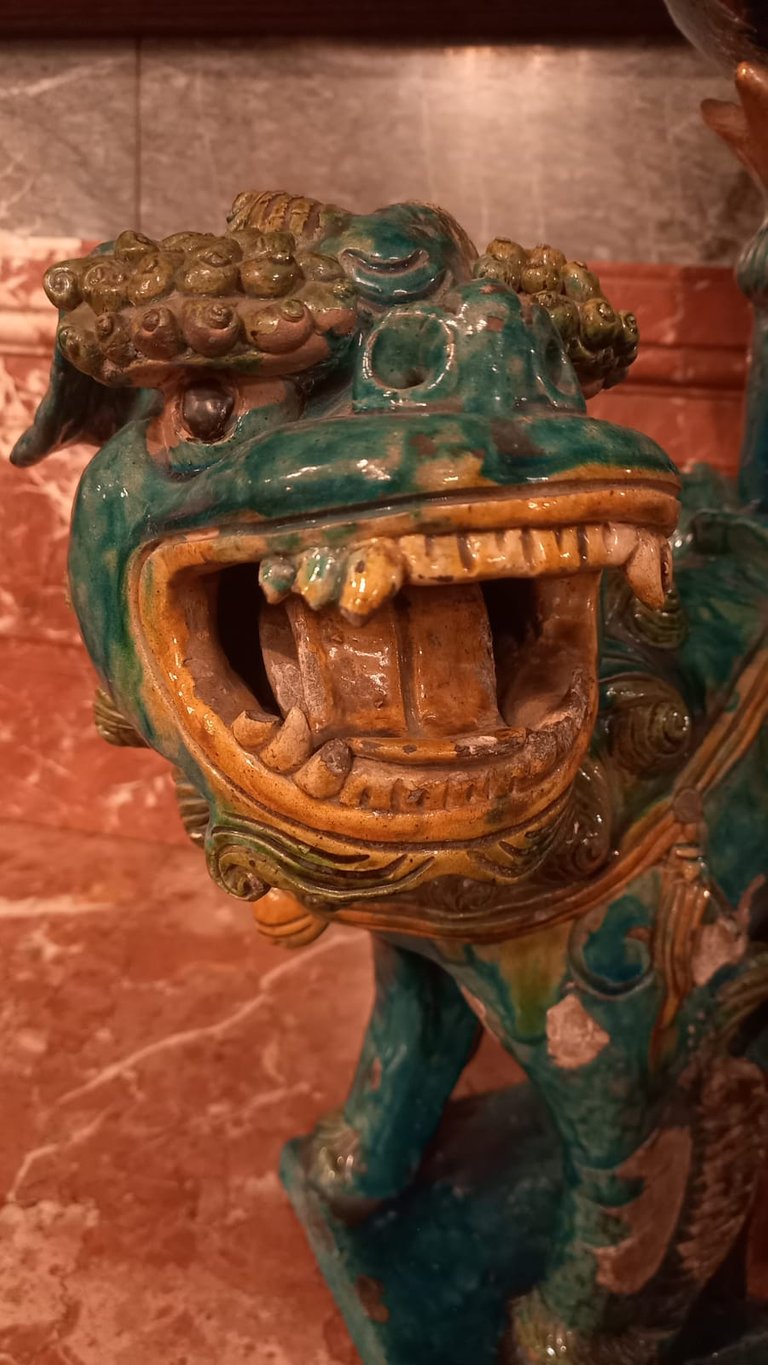
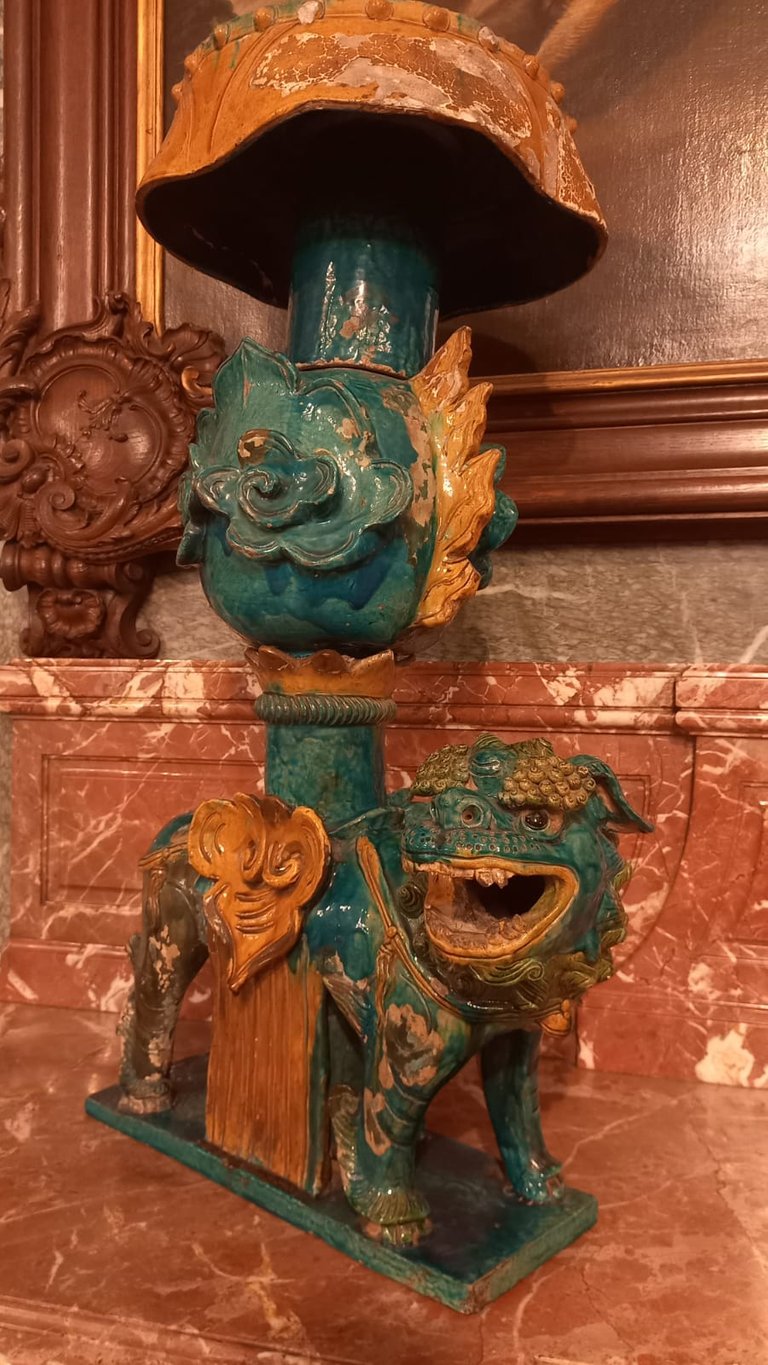
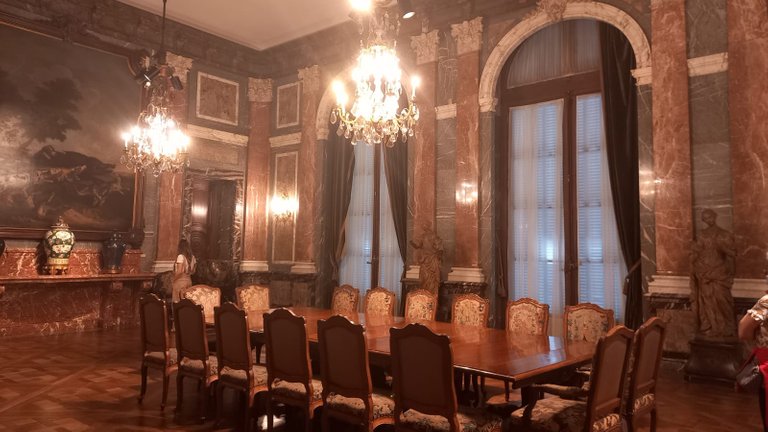
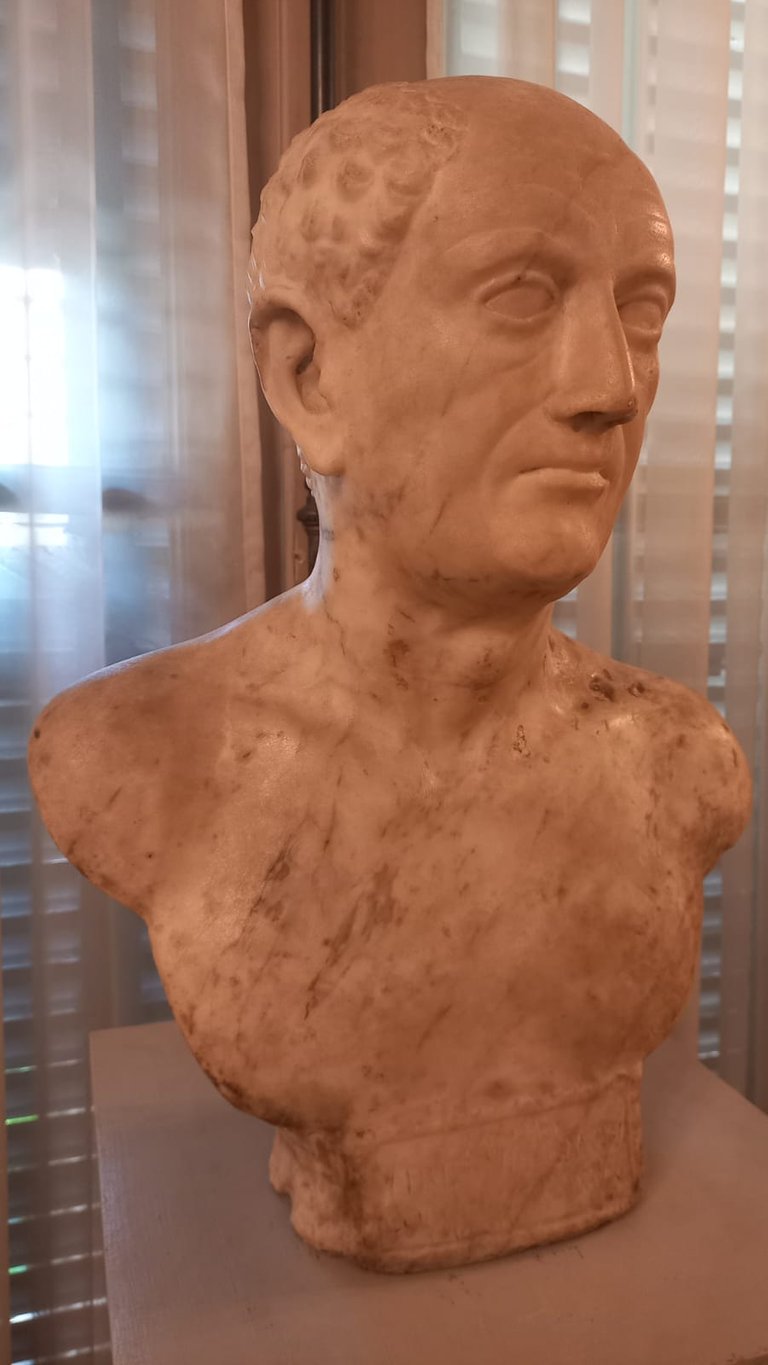
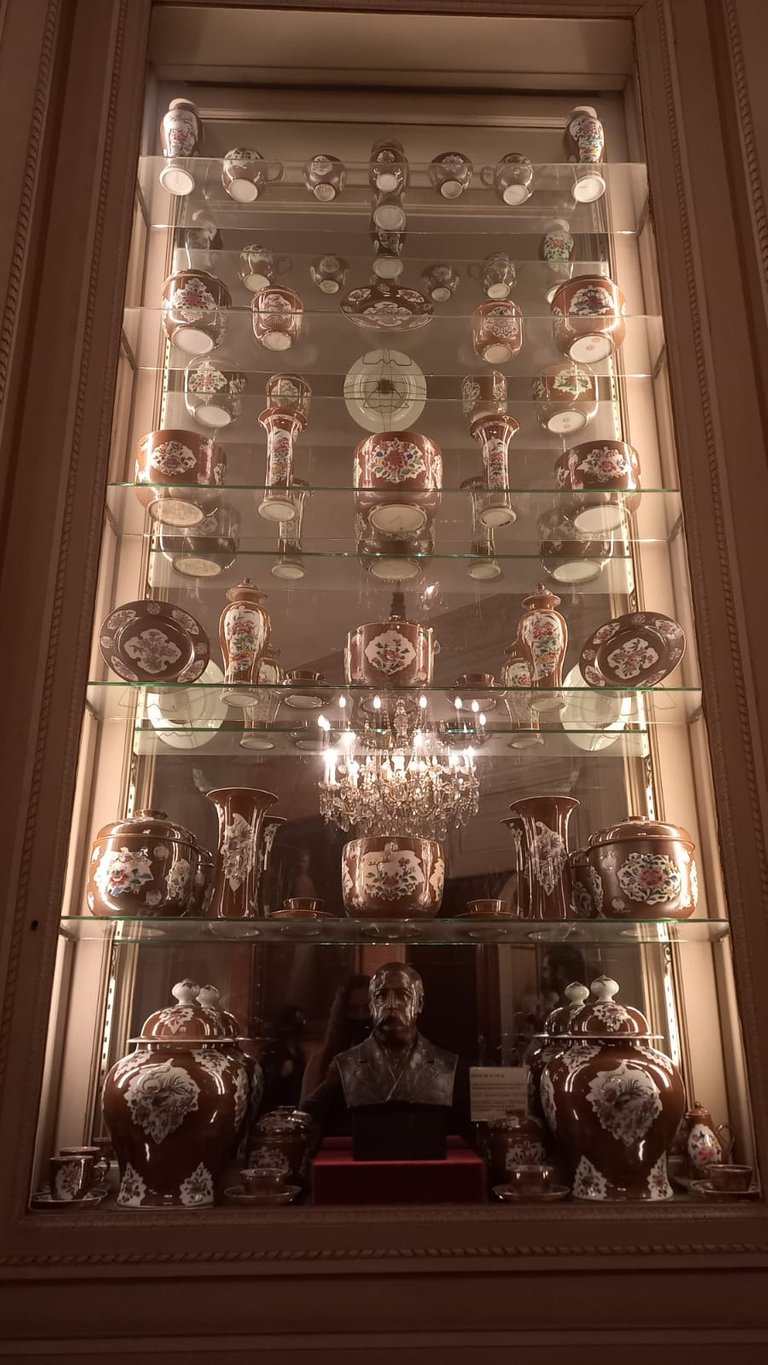

Leaving the residence, there is a small cafeteria called Croque Madame, here we take advantage and sit down to order a chocolate volcano and some drinks to end the tour. I hope you liked my post, greetings!.
Al salir de la residencia, hay una pequeña cafetería llamada Croque Madame, acá aprovechamos y nos sentamos para pedir un volcán de chocolate y unos tragos para así finalizar el recorrido. Espero les haya gustado mi post, saludos!.
